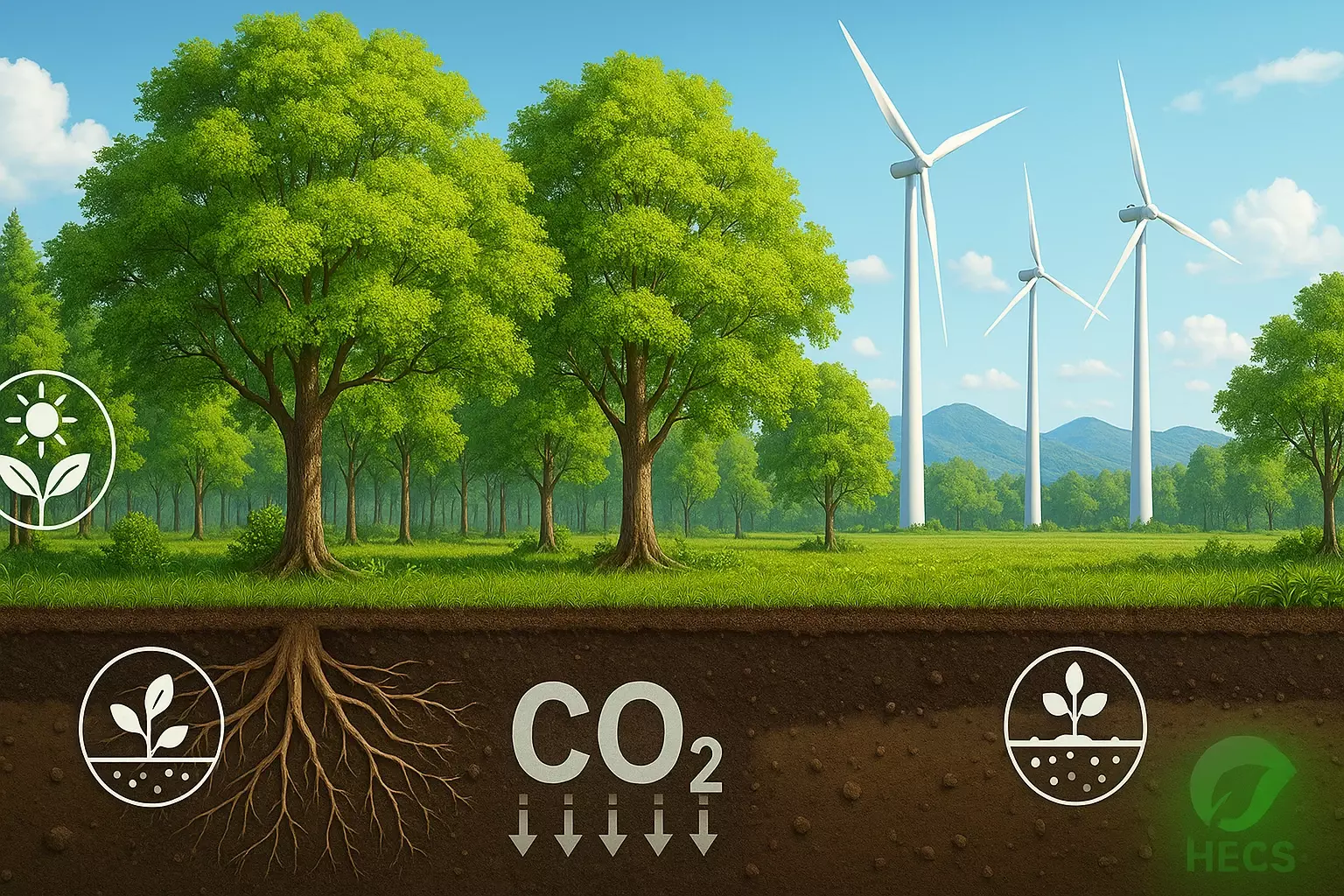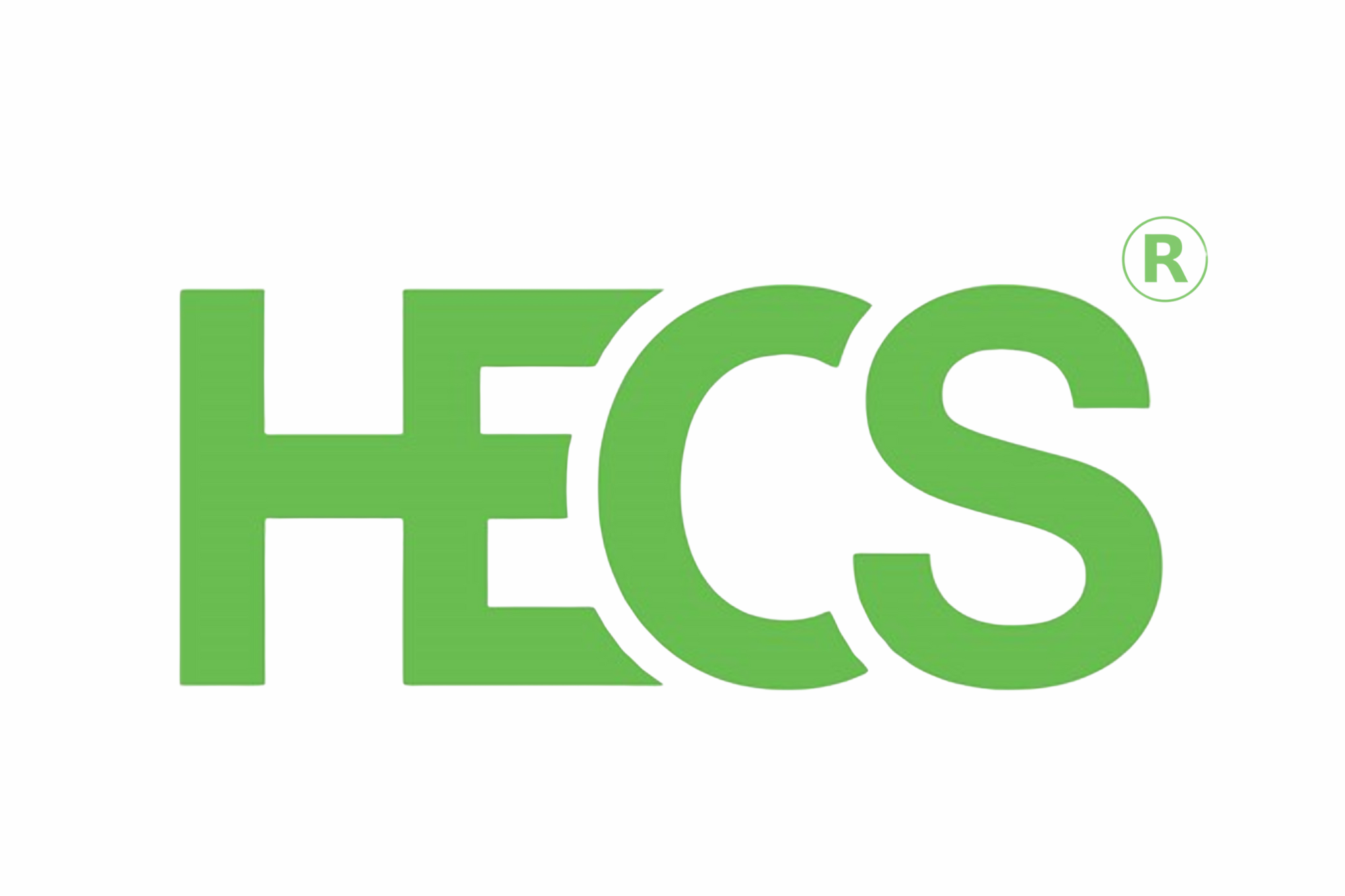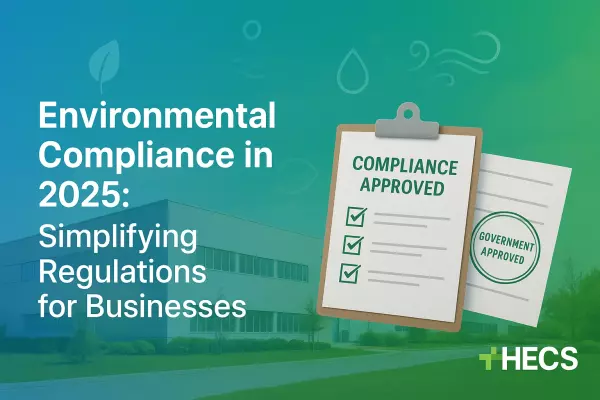
Carbon Sequestration: The Ultimate Guide to Natural Climate Solutions and Carbon Capture Technologies

Carbon Sequestration: The Ultimate Guide to Natural Climate Solutions
Climate change continues to dominate global conversations, and carbon sequestration has emerged as one of the most promising climate change solutions for reducing atmospheric CO2 levels. From carbon capture technologies to natural carbon sinks like forests, oceans, and soil, these strategies are vital in the global fight against rising carbon emissions. Whether you're a business leader exploring carbon offset initiatives, a policymaker shaping climate action goals, or an environmental advocate focused on sustainability, understanding carbon storage and CO2 reduction techniques is essential.
This guide dives into the science, types, and real-world applications of carbon sequestration, covering everything from greenhouse gas mitigation and industrial CO2 capture to nature-based solutions like afforestation, reforestation, and soil carbon enhancement. Learn how these efforts align with global sustainability frameworks and how your organisation can contribute to a low-carbon future.
What is Carbon Sequestration?
Carbon sequestration refers to the process of capturing and storing atmospheric carbon dioxide (CO2) to mitigate the effects of climate change. This natural and technological process removes CO2 from the atmosphere and stores it in various reservoirs, including soil, forests, oceans, and geological formations.
The process works through two primary methods:
Natural carbon sequestration through photosynthesis in plants and trees
Technological carbon capture and storage (CCS) using industrial processes
Types of Carbon Sequestration: Natural vs. Technological Solutions
Forest Carbon Sequestration: Nature's Powerhouse
Forests represent one of the most effective natural carbon sinks on Earth. Through photosynthesis, trees absorb CO2 and convert it into biomass, storing carbon in wood, leaves, and soil. A single mature tree can sequester approximately 48 pounds of CO2 annually, making reforestation and afforestation critical climate strategies.
Key benefits of forest carbon sequestration:
Cost-effective compared to technological solutions
Provides additional ecosystem services like biodiversity conservation
Supports sustainable forestry practices
Creates long-term carbon storage in soil and biomass
Soil Carbon Sequestration: The Underground Solution
Agricultural lands hold enormous potential for soil carbon sequestration. Through practices such as cover cropping, no-till farming, and incorporating organic matter, farmers can transform agricultural soils into carbon sinks while enhancing crop yields and improving soil health.
Regenerative agriculture practices that enhance soil carbon include:
Cover crop implementation
Rotational grazing systems
Compost application
Reduced tillage operations
Carbon Capture and Storage (CCS): Industrial Innovation
Carbon capture and storage technology captures CO2 emissions from industrial sources and power plants, then transports and stores it underground in geological formations. This technological approach offers immediate solutions for high-emission industries seeking carbon neutrality.
Benefits of Carbon Sequestration for Climate Action
Carbon sequestration delivers multiple environmental and economic advantages:
Environmental Benefits:
Reduces atmospheric CO2 concentrations
Mitigates global warming effects
Enhances ecosystem resilience
Improves air and water quality
Economic Advantages:
Creates carbon credit opportunities
Supports sustainable development goals
Generates revenue through carbon markets
Reduces regulatory compliance costs
How HECS Supports Your Carbon Sequestration Goals
At HECS, we recognise that effective carbon management necessitates comprehensive strategies tailored to your unique needs. Our expert team specialises in developing customised carbon sequestration programs that maximise environmental impact while delivering measurable results.
Our Carbon Sequestration Services:
Carbon footprint assessment and baseline establishment
Forest and soil carbon project development
Carbon offset program management
Monitoring, reporting, and verification (MRV) systems
ESG reporting and compliance support
We work with businesses, landowners, and organisations to implement proven carbon sequestration strategies that contribute to net-zero emissions goals while generating sustainable revenue streams through carbon markets.
Implementing Carbon Sequestration: Getting Started
Successfully implementing carbon sequestration requires strategic planning and expert guidance. Consider these essential steps:
Assessment Phase:
Conduct a comprehensive carbon footprint analysis
Identify optimal sequestration opportunities
Evaluate site-specific conditions and constraints
Implementation Strategy:
Develop tailored sequestration projects
Establish monitoring and measurement protocols
Create long-term management plans
Integrate with existing sustainability initiatives
Ongoing Management:
Monitor carbon storage effectiveness
Generate verified carbon credits
Report progress toward climate goals
Adapt strategies based on performance data
The Future of Carbon Sequestration
As climate technology continues advancing, carbon sequestration will play an increasingly vital role in achieving global climate targets. Emerging innovations in direct air capture, enhanced weathering, and biochar production promise to significantly expand our carbon removal capabilities.
Organisations investing in carbon sequestration today position themselves as sustainability leaders while contributing to essential climate solutions. The integration of natural and technological approaches offers the most promising pathway toward large-scale carbon removal and atmospheric CO₂ reduction.
Take Action with Professional Carbon Sequestration Solutions
Ready to harness the power of carbon sequestration for your organisation?
HECS provides the expertise, technology, and support needed to develop successful carbon sequestration programs that deliver real environmental impact and business value.
Contact our carbon sequestration specialists today to explore how we can help you achieve your climate goals while building a more sustainable future. Together, we can transform your carbon management strategy and contribute to global climate solutions through proven sequestration techniques.
Start your carbon sequestration journey today, because every ton of CO2 removed makes a difference in our fight against climate change.
Share this post:





